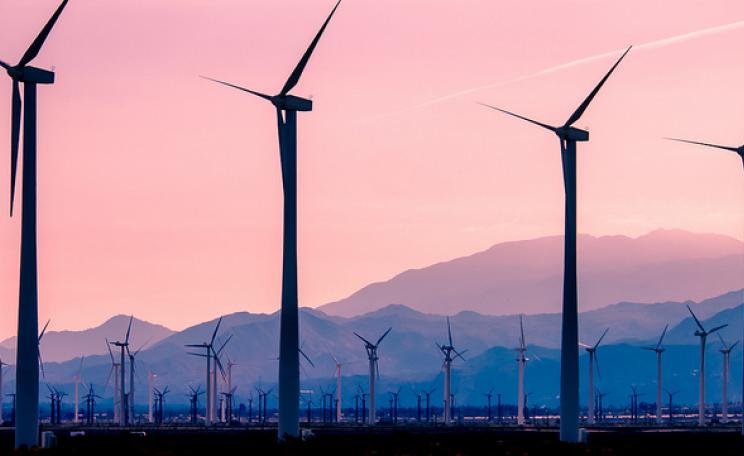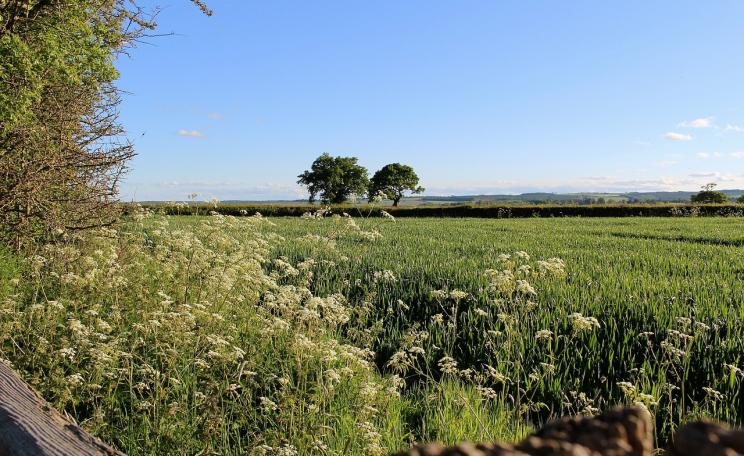=
American supporters of the Green New Deal have gained significant traction with their proposals for decarbonising the US economy within a decade.
Seeing the growing support for the Green New Deal in the wake of the report from the Intergovernmental Panel on Climate Change report is hugely heartening, but it doesn't go far enough
It's refreshing to hear bold and innovative ideas for moving the world towards sustainability -especially in the age of Trump - but we must go further.
New lease of life
The notion of a Green New Deal is nothing new. In the UK in 2008 - with New Labour still in power and building a new coal power station at Kingsnorth in Kent still very much on the agenda - the New Economics Foundation (NEF) spearheaded an initiative using the same name.
Essentially, the idea is to invest heavily in low carbon technologies creating thousands of jobs churning out solar panels, wind turbines and other green technologies at an unprecedented rate and re-tooling our economy for the age we live in.
When the NEF project started I was working for Global Justice Now (then the World Development Movement) and in our world it was a big deal.
It was disheartening to see how far from the mainstream serious bold action on climate change was but over the years we have only moved further from where we need to be.
We must grow recognition globally - but particularly in the US - that we need to do more than tinker at the edges of our economy. That we can and must embed climate action at the heart of our economy has given this decade old idea a new lease of life.
Doughnut economy
The elephant in the room is of course consumption. As we consume ever more, economic growth is driving up energy demand at a rate that is simply to fast for us to meet by installing green energy, as Jason Hickel rightly points out.
Addressing this difficult bind must be central to any serious efforts to create a Green New Deal.
Alongside the creation of green jobs and the push towards green energy use and other sustainability initiatives, it's essential that we embrace radical and transformative ideas that seek to meet the needs of all humanity while addressing planetary overshoot.
There aren't many better places to start than Kate Raworth's idea of a 'doughnut economy'. Raworth's forward thinking model seeks to create a vision of a circular economy that addresses the paradox of striving after economic growth on a planet of finite resources.
Her 2017 book Doughnut Economics created an image of a just and sustainable economy shaped like a ring doughnut. The inner ring is the social foundation, the needs of all citizens being met, while the outer ring is our planetary boundaries. In between is the just and safe space for humanity to exist.
Ecological realities
Since the publication of her book, Raworth has been speaking all over the world to CEOs, politicians, UN institutions and others.
We must as societies investigate and build upon the ideas of the likes of Raworth, Jason Hickel, Ann Pettifor and others who seek to embed the ecological realities that we face in models of a fairer and greener future.
The Green New Deal is a fantastic place to start but we must all strive the maintain the centrality of growth and consumption in debates surrounding the creation of sustainable justice focused economies.
This Author
Andrew Taylor-Dawson has been involved with the social justice and environmental movements for over a decade. He works in the NGO sector as well as writing about civil society, campaigning and progressive causes. Twitter: @Andrew_J_Taylor.
Image: © Brave New Europe.







